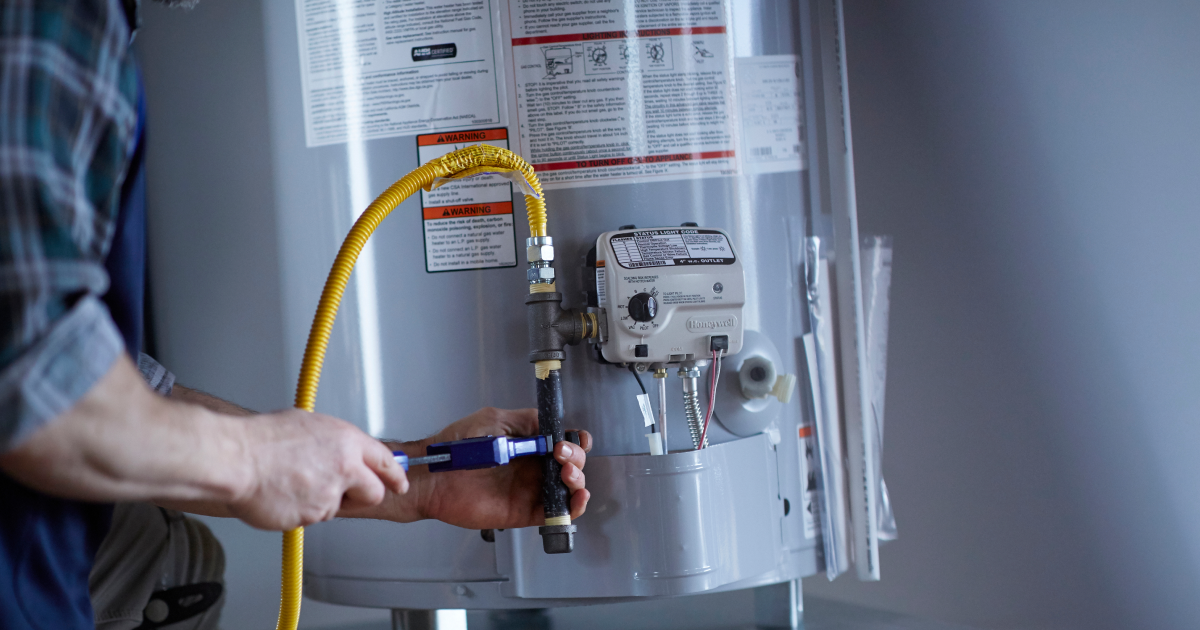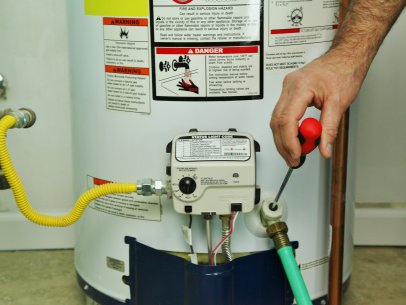Important Advice on Caring for Your Home's Hot Water System
Important Advice on Caring for Your Home's Hot Water System
Blog Article
Are you hunting for additional info about How to Maintain Your Water Heater & Prolong its Life?

Warm water is vital for everyday convenience, whether it's for a rejuvenating shower or washing recipes. To ensure your hot water system runs effectively and lasts much longer, routine upkeep is essential. This write-up supplies functional suggestions and insights on how to preserve your home's hot water system to prevent disruptions and costly fixings.
Intro
Keeping your home's warm water system might seem difficult, however with a couple of easy actions, you can guarantee it runs efficiently for years to come. This overview covers every little thing from comprehending your warm water system to DIY maintenance suggestions and knowing when to hire professional help.
Relevance of Keeping Your Warm Water System
Routine maintenance not just expands the life expectancy of your hot water system yet additionally ensures it operates successfully. Disregarding maintenance can lead to lowered performance, greater energy bills, and even premature failing of the system.
Indicators Your Hot Water System Needs Upkeep
Understanding when your warm water system requires interest can prevent significant issues. Look out for indicators such as inconsistent water temperature, weird sounds from the heating unit, or corroded water.
Understanding Your Warm Water System
Before diving into upkeep jobs, it's useful to comprehend the basic parts of your hot water system. Typically, this includes the hot water heater itself, pipelines, anode rods, and temperature level controls.
Regular Monthly Upkeep Tasks
Routine monthly checks can assist catch small issues prior to they intensify.
Purging the Water Heater
Purging your water heater gets rid of sediment build-up, improving effectiveness and prolonging its life.
Monitoring and Replacing Anode Rods
Anode poles prevent deterioration inside the tank. Evaluating and replacing them when broken is important.
Inspecting and Changing Temperature Settings
Readjusting the temperature setups guarantees ideal efficiency and safety.
DIY Tips for Upkeep
You can execute several maintenance tasks on your own to keep your hot water system in leading condition.
Looking for Leakages
Routinely inspect pipelines and connections for leakages, as these can bring about water damages and higher bills.
Testing Stress Alleviation Valves
Evaluating the pressure safety valve guarantees it functions correctly and protects against extreme pressure buildup.
Shielding Pipelines
Insulating warm water pipes minimizes warm loss and can conserve power.
When to Call a Specialist
While do it yourself upkeep is beneficial, some issues require professional experience.
Complicated Concerns Requiring Expert Help
Examples consist of significant leaks, electric problems, or if your hot water heater is regularly underperforming.
Routine Expert Maintenance Perks
Professional maintenance can include detailed examinations, tune-ups, and making sure conformity with safety and security requirements.
Conclusion
Regular maintenance of your home's warm water system is crucial for performance, durability, and cost savings. By following these pointers and recognizing when to seek professional help, you can guarantee a reputable supply of hot water without unexpected disruptions.
Water Heater Maintenance: The Basics
Maintaining your water heater will ensure it operates efficiently and has a longer lifespan. Neglecting regular maintenance can lead to costly repairs and an even bigger chunk of your savings if you have to replace it sooner than necessary. But there’s good news: Most water heater maintenance tasks are relatively simple and easy for homeowners with basic DIY skills.
Flush the Water Heater
Over time, sediment and minerals can build up in the tank, reducing its efficiency and potentially causing damage. To flush the tank, turn off the power or gas supply, attach a hose to the drain valve near the bottom and open the valve to drain the water until it runs clear. Ideally, flush the tank annually.
Replace the Anode Rod
The anode rod is a sacrificial metal rod that helps prevent corrosion inside the tank. Inspect and replace it every three to five years or per the manufacturer's recommendation. To replace the anode rod, turn off the power or gas supply, drain a few gallons of water from the tank, unscrew the old rod and replace it with a new one. If the anode rod is significantly corroded or covered in calcium buildup, it's a sign the water heater may need to be replaced soon.
Tune-Up
A yearly tune-up can help identify potential issues and ensure your water heater operates at peak efficiency. This typically involves checking the thermostat, burner assembly (for gas heaters) and any other components specified by the manufacturer. During a tune-up, the technician may also clean the burner and adjust the pilot light (for gas heaters) or examine the heating elements (for electric heaters).
How to Maintain Your Water Heater
Insulate the tank. Insulating the tank can improve energy efficiency and reduce heat loss, saving you money on energy bills. You can purchase precut insulation blankets designed specifically for water heaters or use standard fiberglass insulation wrapped securely around the tank. Check the temperature. The recommended water temperature for most households is around 120 degrees Fahrenheit (49 degrees Celsius). Higher temperatures can increase energy costs and potentially cause scalding. Use a kitchen thermometer to check the temperature at the faucet nearest the water heater. Monitor water pressure. Excessive water pressure can strain the water heater and cause leaks or even tank failure. Install a pressure-reducing valve if necessary. The ideal water pressure range is between 60 and 70 PSI (pounds per square inch). Test the temperature and pressure (T&P) relief valve. The T&P relief valve is a safety feature that releases pressure if the tank gets too hot or the pressure builds up too high. Test it annually by lifting the lever and allowing a small amount of water to release. Replace the valve if it doesn't release water or reseal properly. Check for leaks. Regularly inspect the tank, pipes and fittings for leaks or corrosion. Deal with issues promptly to prevent further damage. Even a small leak can lead to significant water damage over time. Consider a tankless water heater. If your traditional tank-style water heater is nearing the end of its lifespan ( typically 10 years), consider replacing it with a tankless water heater. These units heat water on demand, reducing standby energy losses and potentially saving you money on your energy bills. Schedule professional maintenance. While homeowners can perform many water heater maintenance tasks, it's still a good idea to schedule professional maintenance every few years. A plumber or HVAC technician can thoroughly inspect the unit, identify potential issues and ensure it operates safely and efficiently. https://www.homeserve.com/en-us/blog/home-improvement/hot-water-heater-maintanence/

Do you like more info about Tips For Maintaining Your Hot Water Heater? Leave a review further down. We would be happy to see your responses about this blog entry. We are looking forward that you come back again soon. For those who enjoyed our blog entry please remember to share it. We thank you for your readership.
Call Today Report this page